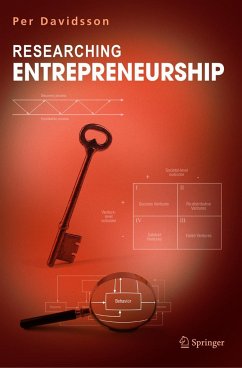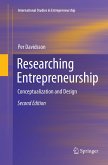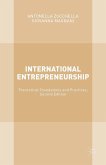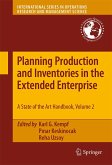Entrepreneurship is a phenomenon of tremendous societal importance. It is also an elusive phenomenon, and researching entrepreneurship is therefore fun, fascinating and frustrating at times. In Researching Entrepreneurship, Per Davidsson, one of the most highly recognized entrepreneurship scholars shares in a personal and readable way his rich experience and ideas on how entrepreneurship can or should be researched. After a comprehensive treatment of entrepreneurship as societal phenomenon and scholarly domain, the core chapters of the book discuss design, sampling, operationalization and analysis issues on several levels of analysis: individual, venture, firm, industry, region and nation.
The book is targeted at doctoral students and other relative newcomers to the field of entrepreneurship research. However, taking a fresh, reflective perspective and looking beyond research conventions, it should provide potential for inspiration and food for thought also for experienced entrepreneurship researchers.
Hinweis: Dieser Artikel kann nur an eine deutsche Lieferadresse ausgeliefert werden.
The book is targeted at doctoral students and other relative newcomers to the field of entrepreneurship research. However, taking a fresh, reflective perspective and looking beyond research conventions, it should provide potential for inspiration and food for thought also for experienced entrepreneurship researchers.
Hinweis: Dieser Artikel kann nur an eine deutsche Lieferadresse ausgeliefert werden.
"Researching Entrepreneurship (Conceptualization and Design) is an outstanding book indispensable for entrepreneurship scholars. Also very interesting to sophisticated non-academic users, such as analysts in marketing research or consultancy firms, business associations, statistical agencies and other government offices. And as is written in an accessible way to the general public, it is also valuable for anyone interested in these issues." (Manuel Alberto M. Ferreira, International Journal of Latest Trends in Finance & Economic Sciences, Vol. 6 (3), December, 2016)








